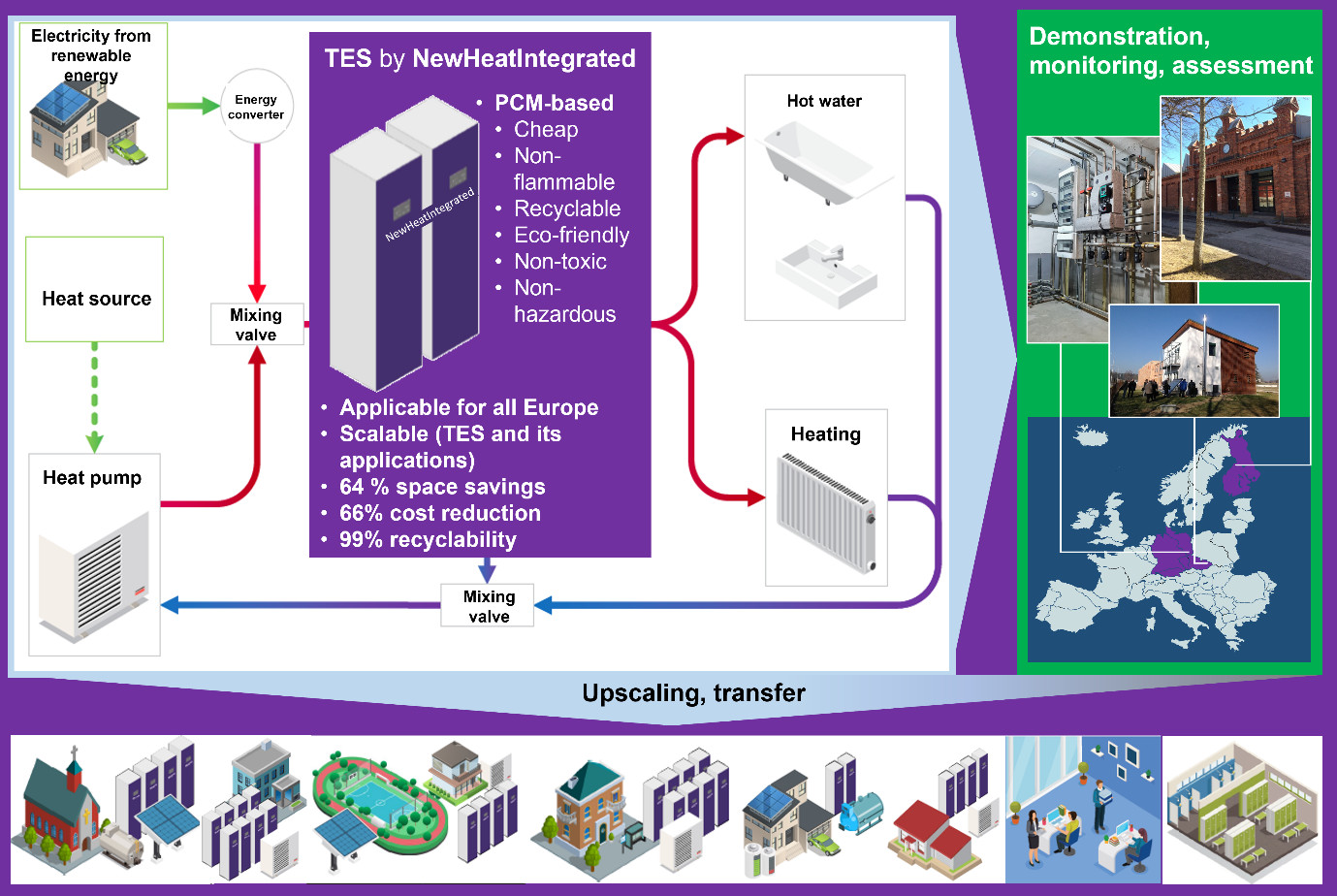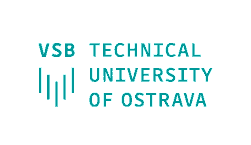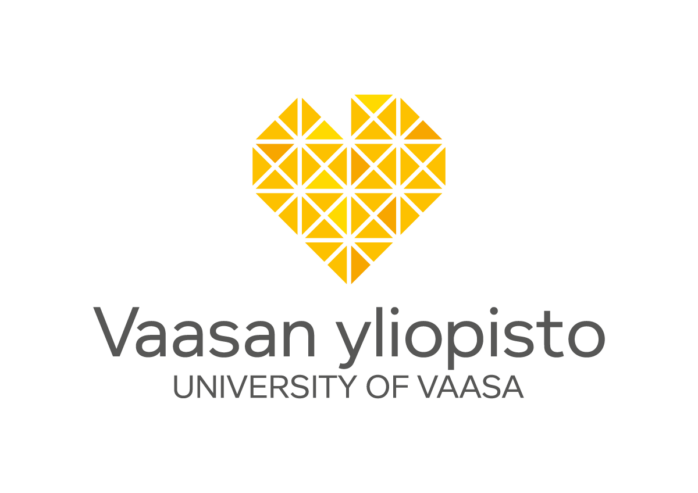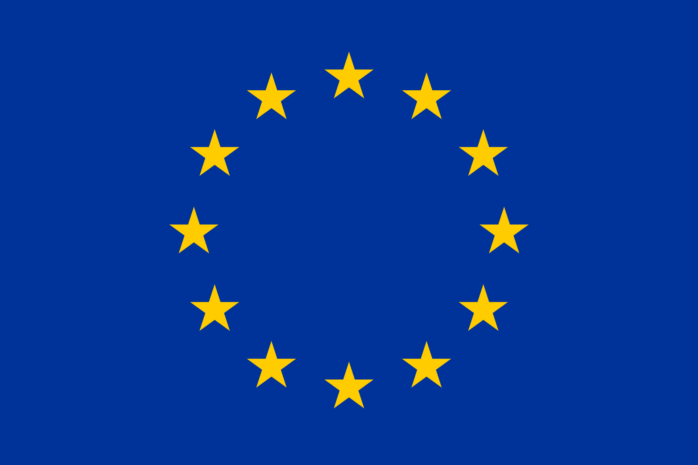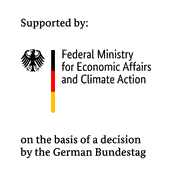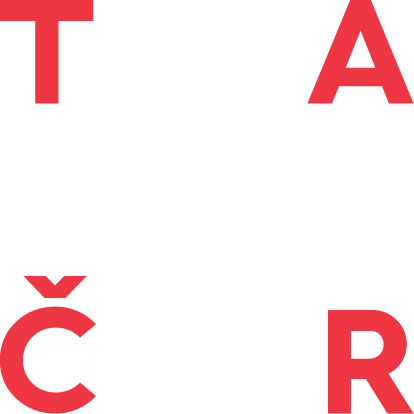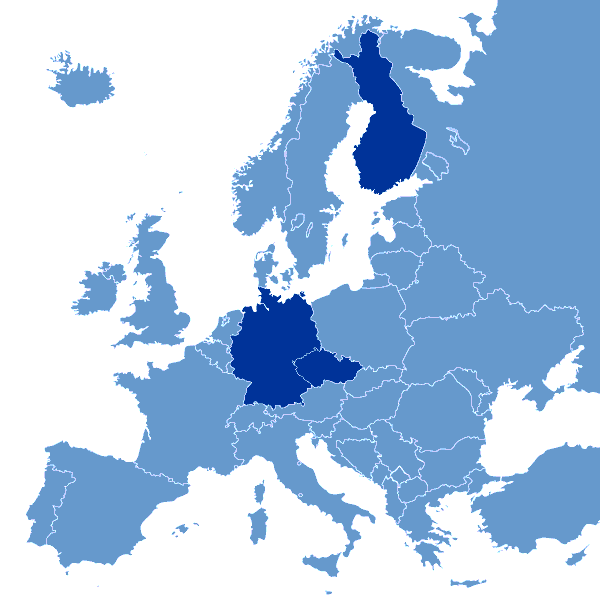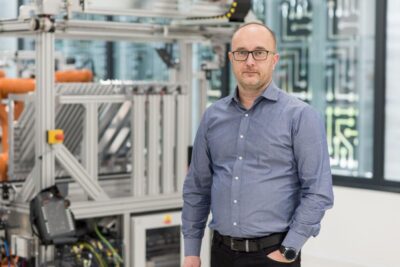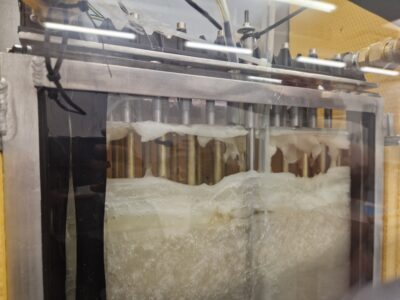
Construction and filling process of NewHeatIntegrated unit in Ostrava
The development of a prototype Phase Change Material (PCM) storage tank necessitated the implementation of a comprehensive temperature monitoring system to ensure precise spatial temperature measurement across different sections of the tank. To achieve this, a distributed temperature sensing network was designed using Dallas DS18B20 digital temperature sensors, selected for their compatibility with OneWire communication and ease of serial installation.

